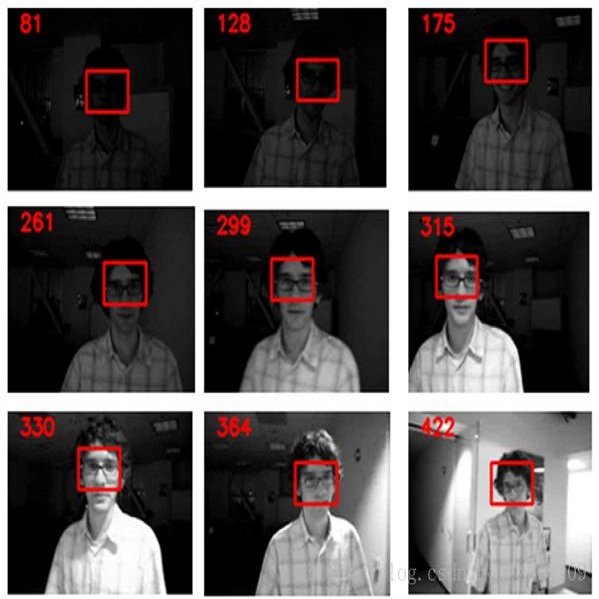3D multi-object tracking (3D MOT) stands as a pivotal domain within autonomous driving, experiencing a surge in scholarly interest and commercial promise over recent years. Despite its paramount significance, 3D MOT confronts a myriad of formidable challenges, encompassing abrupt alterations in object appearances, pervasive occlusion, the presence of diminutive targets, data sparsity, missed detections, and the unpredictable initiation and termination of object motion trajectories. Countless methodologies have emerged to grapple with these issues, yet 3D MOT endures as a formidable problem that warrants further exploration. This paper undertakes a comprehensive examination, assessment, and synthesis of the research landscape in this domain, remaining attuned to the latest developments in 3D MOT while suggesting prospective avenues for future investigation. Our exploration commences with a systematic exposition of key facets of 3D MOT and its associated domains, including problem delineation, classification, methodological approaches, fundamental principles, and empirical investigations. Subsequently, we categorize these methodologies into distinct groups, dissecting each group meticulously with regard to its challenges, underlying rationale, progress, merits, and demerits. Furthermore, we present a concise recapitulation of experimental metrics and offer an overview of prevalent datasets, facilitating a quantitative comparison for a more intuitive assessment. Lastly, our deliberations culminate in a discussion of the prevailing research landscape, highlighting extant challenges and charting possible directions for 3D MOT research. We present a structured and lucid road-map to guide forthcoming endeavors in this field.
翻译:暂无翻译




